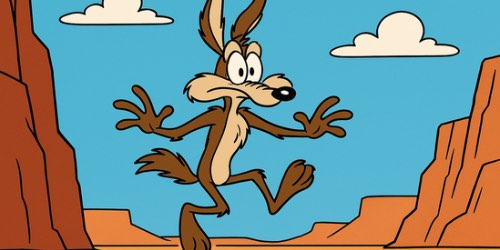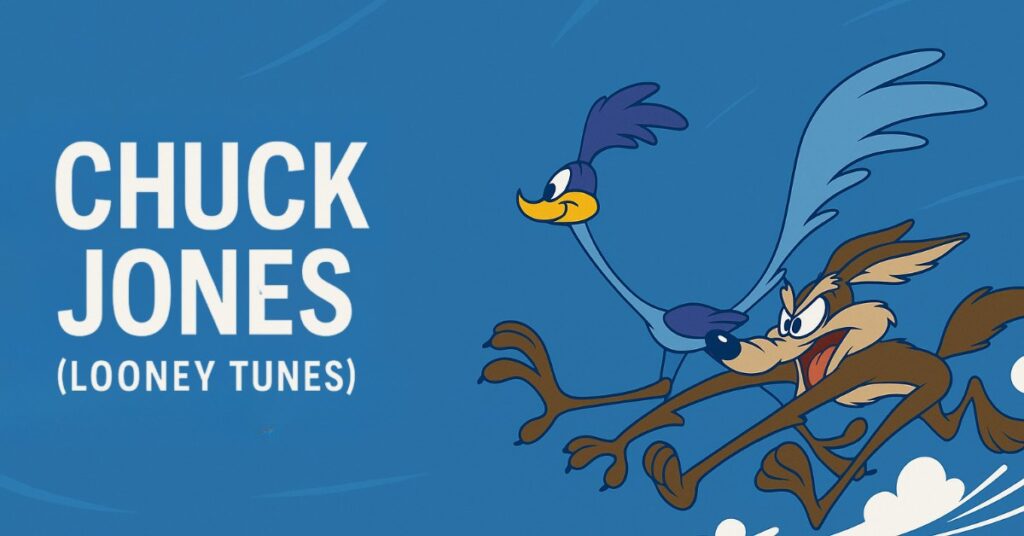Chuck Jones isn’t just a name in animation history—he’s the director who gave Looney Tunes its heartbeat. His work defined the personalities of Bugs Bunny, Daffy Duck, Wile E. Coyote, and so many others. Growing up, I remember coming home from school, dropping my backpack by the door, and catching syndicated reruns of Looney Tunes. Even though they were decades old, they felt alive, sharp, and timeless. That nostalgic spark was my first real taste of how powerful animated storytelling could be.
Defining the Comedy of Timing
Timing was Jones’s superpower. Think about Wile E. Coyote hanging in midair—there’s always a pause before the fall. That extra beat makes the joke land harder because the audience sees the disaster coming before the character does. Jones treated pauses, bursts, and rhythms like punctuation in writing, arranging them so the humor flowed like music.

That approach elevated cartoons from mindless slapstick to crafted performances that audiences of all ages could enjoy.
Bringing Characters to Life
Jones also made sure that his characters had depth beyond their gags. Bugs Bunny wasn’t just mischievous; he was witty, clever, and always in control. Daffy Duck wasn’t just noisy; he was insecure, jealous, and hilariously unpredictable. These traits made them consistent, believable personalities instead of interchangeable figures. It’s why seeing them again—whether as a kid after school or as an adult at an animation convention—still feels like reuniting with old friends.
Chuck Jones’s Legacy
His shorts like What’s Opera, Doc? and Duck Amuck are now studied in animation schools worldwide as examples of pushing boundaries. Animators today still learn from his sense of timing, humor, and character-driven storytelling. Jones showed that animation could be art, satire, and pure fun all at once.

For me, those after-school reruns weren’t just entertainment—they were lessons in how drawings could make you laugh, think, and feel connected across generations.
Want to study the kind of principles Chuck Jones mastered? Structured training can help you see your own growth faster.
Final Thoughts
Chuck Jones wasn’t just a director. He was a storyteller who used timing and character to turn simple gags into unforgettable performances. Whether you first met his work in theaters, Saturday morning cartoons, or weekday syndication, his influence still resonates. Every pause, every gag, every smirk—his work proves that great animation never grows old.




























